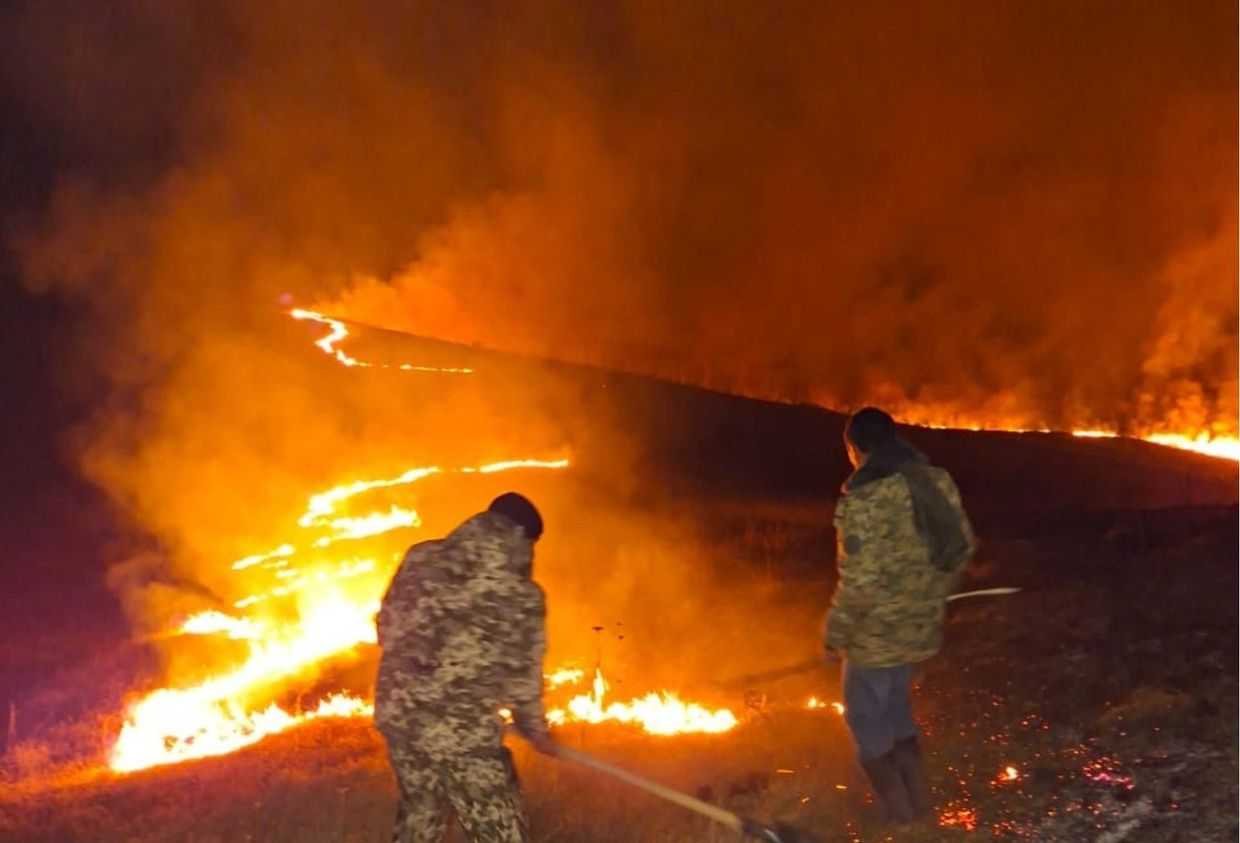
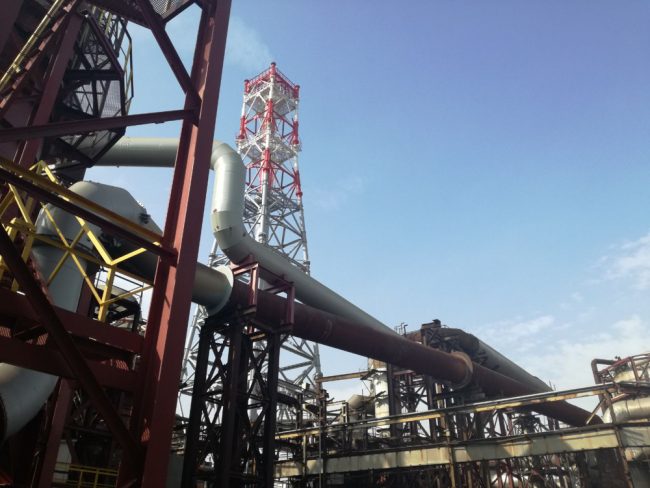
 Residents of North Ossetia’s capital Vladikavkaz have long sounded the alarm at the environmental condition of their city. Many blame Electrozinc, a metallurgical plant located inside the city. But there is another side of the coin, and for the factory’s 2,000 employees, their very livelihoods depend on the plant.
Residents of North Ossetia’s capital Vladikavkaz have long sounded the alarm at the environmental condition of their city. Many blame Electrozinc, a metallurgical plant located inside the city. But there is another side of the coin, and for the factory’s 2,000 employees, their very livelihoods depend on the plant.
Electrozinc is an industrial enterprise and the largest taxpayer and investor in North Ossetia. It contributed around ₽300 million ($5.4 million) to the republic’s budget in 2017. According to state-owned news agency, TASS, North Ossetia’s total government revenue in 2017 amounted to ₽21 billion ($370 million).
Electrozinc is one of the oldest enterprises in North Ossetia. The plant is more than a hundred years old, and many families have worked there for generations. A spokesperson for the company told OC Media that the average salary at Electrozinc is ₽41,000 ($720) per month including bonuses.
In 2003, the enterprise was acquired by the Ural Mining and Metallurgical Company (UMMC), the largest producer of copper, zinc, coal, and precious metals in Russia. Electrozinc produces zinc, cadmium, sulphuric acid, and zinc-aluminium alloys.
An environmental threat
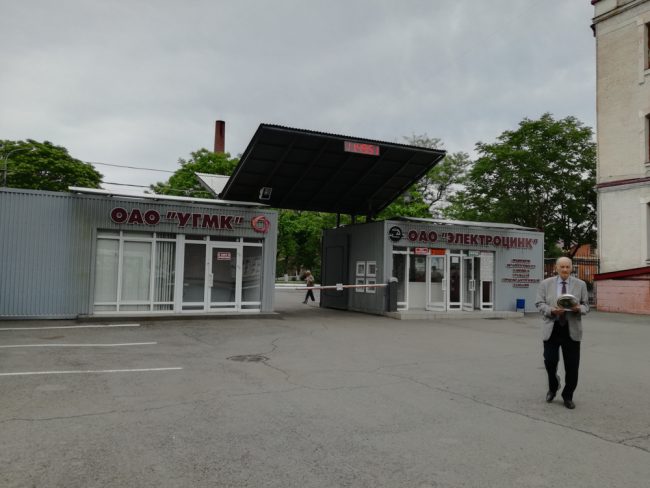
Throughout the plant’s operation, the facilities and equipment have severely degraded from use, and have become a real threat to the environment and people’s health.
According to Alexander Uskov, North Ossetia’s Minister of Industry, this resulted in a failure at the plant in October 2009, which saw the release of a large quantity of sulphur dioxide. A thick pall formed over Vladikavkaz, and many residents reported headaches and sore throats. The Prosecutor’s Office opened administrative proceedings against the enterprise as a result.
Around a month later, there was another accident at the plant, causing yet another release of sulphur dioxide. After this, the company’s management promised to improve safety at the plant, and according to a spokesperson, emissions at Electrozinc are now within ‘acceptable limits’.
In July 2016, a working group was assembled with the Russian President’s Representative to the North Caucasus, Sergey Melikov. They adopted a programme designed to ‘normalise’ environmental conditions in Vladikavkaz, to be carried out in 2016–2017. Financing of ₽850 million ($15 million) was committed to the programme, from the state budgets of North Ossetia and Vladikavkaz, as well as with funding from four heavy industrial enterprises in the republic, including Electrozinc.
A number of priority measures were directed towards entities that were established to be excessively polluting, the main on being Electrozinc, Melikov said at the time.
‘It is necessary to develop industry’
Electrozinc is located very close to Vladikavkaz, and such proximity has caused a great deal of resentment from the city’s residents. People continue to complain about emissions from the plant, and the effects they say this is having on their health. Environmental activists have protested for a number of years, demanding the closure of the plant.
During protests in 2012, demonstrators clashed with a number of former workers from Electrozinc, and negotiations between the two sides failed to reach an understanding. Opponents of the plant were angry at not knowing what was going on inside the plant. They complained that the plant was spewing out pollution into the city, which they were forced to breathe.
To this, former employees of the plant answered that if it were to close, several thousand people would be left without work, many of whom had loans and mortgages to pay.
In October 2016, the plant announced the suspension of lead production — and job cuts. Taymuraz Tuskayev, Chairman of the Government of North Ossetia, who visited the plant regularly in 2017, said that stopping lead production at Electrozinc was an important step in improving the environmental situation in Vladikavkaz.
‘Apart from this, of course, there is an understanding that we cannot solve big problems without growing our industry. Therefore, we will monitor it, and demand that Electrozinc complies with environmental standards. At the same time, we must understand that it is necessary to develop industry’, he said.
‘We need to feed our families’
But not everyone is happy about such changes. After lead production was halted, a number of specialists were forced to start making do working odd jobs. One former plant worker who did not want to give his name is currently working in a tool sharpening shop near the plant.
‘I worked at the lead shop, which was the most dangerous one; then it closed. Three-hundred-and-twenty-four people were driven out onto the streets. There is no work anywhere, so I wander around looking for work, maybe something will turn up’, he said.
Lyudmila, an engineer at the plant, said she has been working at Electrozinc for 34 years. Her husband and daughter and many of her friends work there, and she says they have no complaints about their work.
‘I am “for” Electrozinc, and for it continuing to operate. I live near the plant with my children. Production has become much safer, I work in a Waelz furnace, and the filters have been completely replaced. Even though our salaries are not very high, they pay us on time and we have benefits’, she told OC Media.
Murat Tomayev, another former employee of the plant, said he dedicated nine years of his life to Electrozinc. At 49, he was diagnosed with bladder cancer and retired. Tomayev filed a lawsuit against Electrozinc demanding compensation, winning the case in 2016. But Murat is still against closing the plant.
‘I am in favour of modernising the plant. It’s impossible to close it right now, it’s imprudent. There are 2,500 people there, they have families that need to be fed. There are no other jobs. I think first you need to create alternative employment opportunities’, he said.
Plans for modernisation
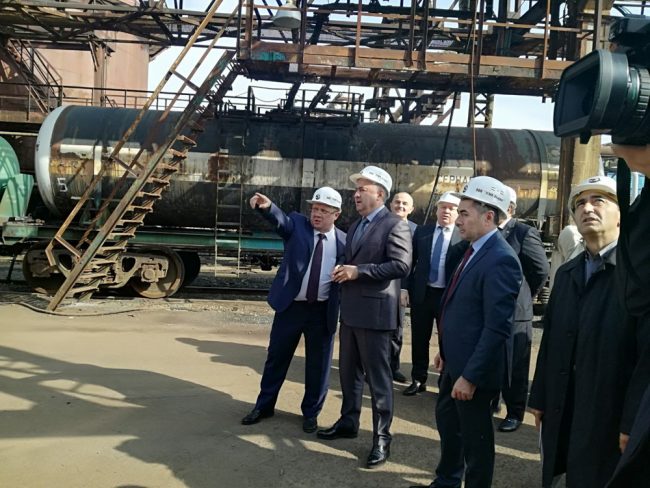
(Alina Bigayeva /OC Media)
At the end of 2017, Electrozinc held a joint press conference with the Chairman of the North Ossetian Government, Taymuraz Tuskayev, and the republic’s Ministry of Industry.
During the press conference, general director of Electrozinc, Igor Khodyko, claimed the plant had fulfilled all its obligations as part of the programme to normalise environmental conditions in Vladikavkaz.
He also presented a development plan for the next five years, which included investment of around ₽10 billion ($180 million). This, according to Khodyko, will improve working conditions and reduce the environmental risks of the plant.
Vladikavkaz residents sound the alarm

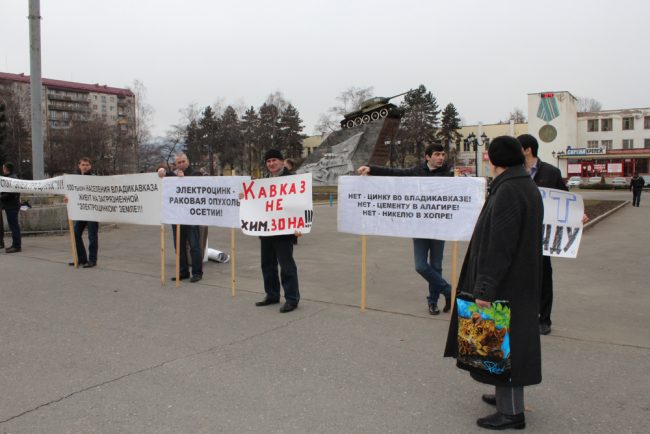
Many in Vladikavkaz do not believe Electrozinc will follow through on its promises to modernise the plant. A number of people living near the plant told OC Media that damaging emissions continue.
‘It happens often, especially in the evenings. We’ve been talking about it for many years, but they continue poisoning people. Yet, we don’t see any improvements’, Vladimir Tsimalaidze, a resident of Vladikavkaz’s Zavodskaya (factory) Street, told OC Media.
‘Sometimes, when we open the windows, smoke enters the flat, we can’t even breathe because of the smell. And what should we do in the summer? Not open the windows at all?’ Vladimir Tibilov, who lives on the nearby Markov Street, said.
Although there are other enterprises near Electrozinc, Tibilov says he is convinced the metallurgical is to blame for the environmental problems, claiming the plant ‘has a sharp and caustic smell’.
Environmental activist Atsamaz Khadikov, an ardent opponent of the Vladikavkaz plant, regularly voices his opposition to it, as well as to plants in other cities. In 2011, protests stopped after the laws against participants of such actions were toughened. People began to be afraid of protesting openly.
This pushed criticisms of the plant onto social networks, leading the director of the plant, Igor Khodyko, to make an official statement accusing bloggers and internet users of ‘provocations’ against the plant.
‘The plant must prove it is not to blame’
Head of the ecology department at the North Caucasian Mining and Metallurgical Institute, Professor Ivan Alborov, recalled that the plant has been operating since 1904, during which time it has caused considerable ecological damage.
According to Alborov, the problem of Electrozinc’s pollution was considered back in 1988. A plan was drawn up to relocate 4,500 people from the plant’s vicinity. Adjusted for inflation, the programme would have costed about ₽15 billion ($270 million), almost the entire annual budget of North Ossetia. But the plan was never enacted, and the question has remained unresolved.
‘I’m not saying that Electrozinc is to blame for everything. But it is necessary to determine the extent of the influence this enterprise has on the health of the inhabitants of [North Ossetia]. This can be done’, he said.
He added that the charges without substantive evidence do not hold much weight, but that in turn, ‘the plant must prove it is not to blame’.




